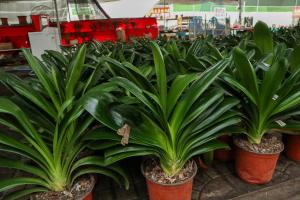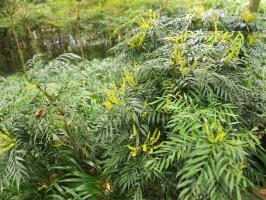Plant and Animal Cells: Understanding Cytoplasm
When it comes to the structure and functioning of cells, there are many similarities and differences between plant and animal cells. One major component found in both cells is cytoplasm, which is often referred to as the "jelly" or "goo" inside cells. In this article, we'll explore what cytoplasm is, how it differs between plant and animal cells, and its role in cellular function.
What is Cytoplasm?
Cytoplasm is the gel-like substance found inside cells that fills the space between the cell membrane and the nucleus. It is composed of water, salts, and various organic molecules, including enzymes, nucleic acids, and proteins. It is a major component of all cells and plays a crucial role in maintaining the cell's structure and allowing cellular processes to occur.
Cytoplasm in Plant Cells
In plant cells, cytoplasm makes up a significant portion of the cell's volume. Unlike animal cells, plant cells have cell walls that surround the cell membrane and cytoplasm. The cytoplasm of plant cells contains many specialized organelles, such as chloroplasts, that are responsible for carrying out specific functions, such as photosynthesis. The cytoplasm in plant cells is also involved in maintaining the cell's shape and supporting the plant's overall structure.
Cytoplasm in Animal Cells
In animal cells, cytoplasm also makes up a significant portion of the cell's volume. Unlike plant cells, animal cells do not have cell walls and are not capable of carrying out photosynthesis. The cytoplasm of animal cells contains various organelles, such as the mitochondria, that are responsible for producing energy for the cell. The cytoplasm is also involved in transporting molecules and supporting the cell's overall structure.
Role of Cytoplasm in Cellular Function
Cytoplasm plays a vital role in many cellular processes, including metabolism, cellular respiration, and cell division. It is involved in the synthesis of proteins, lipids, and other important cellular components. The cytoplasm is also involved in transporting molecules within the cell and between cells. Additionally, the cytoplasm helps to maintain the cell's shape and aids in the movement of the cell.
Conclusion
Cytoplasm may seem like a simple, gel-like substance, but it plays a crucial role in the functioning of both plant and animal cells. Understanding the differences between cytoplasm in these two types of cells can provide insight into how they function and interact with their environment. By studying cytoplasm, we can gain a better understanding of the fundamental processes that allow life to exist.

 how many times do yo...
how many times do yo... how many planted tre...
how many planted tre... how many pine trees ...
how many pine trees ... how many pecan trees...
how many pecan trees... how many plants comp...
how many plants comp... how many plants can ...
how many plants can ... how many plants and ...
how many plants and ... how many pepper plan...
how many pepper plan...






























